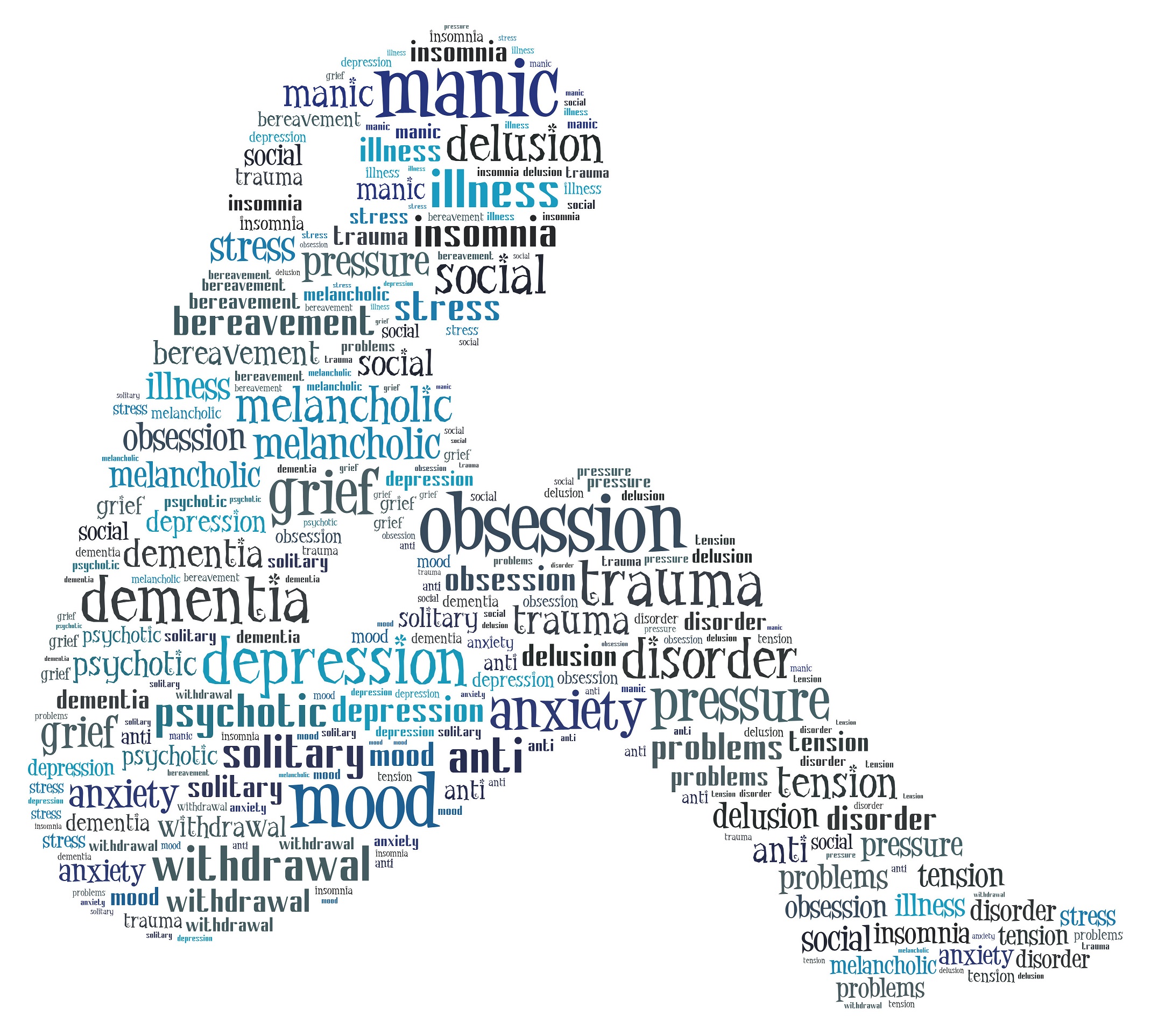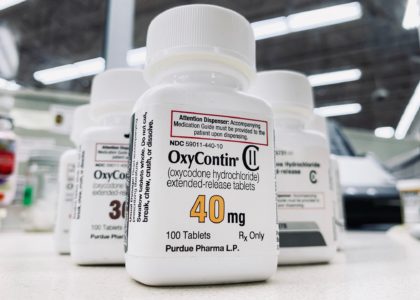
Below is a classification of the various forms of ‘insanity’ that were utilized in mental asylums in the state of Victoria in the early 1900s (taken from inner cover of a clinical case book from Mayday Hills Lunatic Asylum) and beside them some possible contemporary equivalents:
|
Antiquated Taxonomy (late 1800s, early 1900s) |
Contemporary Taxonomy |
|
Autism, congenital mental retardation, attention-deficit, and hyperactivity. |
|
N/A |
|
(a) Insanity with epilepsy |
Seizures, convulsions, and psychosis caused by long-term neurological disorders, which are in turn caused by either alcohol abuse, brain cancer, or brain trauma. |
|
(b) General paralysis of the insane |
Localized or non-localized paralysis of the body brought on by underlying neurodegeneration of the Central Nervous System (CNS). |
|
(c) Insanity with grosser brain lesions |
Further psychotic elements introduced by such primitive, barbaric, and theoretically- flawed psychiatric practices as Electro-Convulsive Therapy and Frontal Lobe Lobotomy. |
|
(d) Acute delirium |
Dissociative hallucinosis |
|
(e) Confusional Insanity |
Fugue state, or dissociative fugue |
|
(f) Stupor |
Low IQ |
|
(g) Primary dementia |
Psychopathological or physical conditions where dementia is a chief symptom. |
|
(h) The ‘manias’, further subdivided into ‘recent’, ‘chronic’, and ‘recurrent’ types. |
Obsessive-compulsive disorder, panic disorder linked to a particular phobia, post-traumatic stress disorder, and bipolar disorder. |
|
(i) The ‘melancholias’, further subdivided into ‘recent’, ‘chronic’, and ‘recurrent’ types. |
Depressive disorders that may or may not be symptomatic of other psychopathological disturbances. |
|
(j) Alternating insanity |
Most likely a degree of dissociative multiplicity, the severest of which is Dissociative Identity Disorder (DID). |
|
(k) Delusional insanity, further subdivided into ‘systematized’ and ‘non-systematized’ types. |
All psychopathological or physical conditions that manifest psychotic features (i.e. delusions, hallucinations, outrageous behaviours), including alcoholic dependence, schizophrenia, borderline personality, dissociative identity, Parkinson’s, Alzheimer’s, and so forth. |
|
(l) Volitional insanity, further subdivided into ‘impulse’, ‘obsessive’, and ‘doubtful’ types. |
Could refer to psychopathological conditions like obsessive-compulsive disorder, but is most likely connected with hypertension and many personality ‘quirks’ or neurotic habits that stood way outside the accepted conventional behaviours of the time. |
|
(m)Moral insanity |
The antisocial personality disorders, including psychopathy and sadism. This could also refer to various paraphilias like exhibitionism, frotteurism, and zoophilia, to nymphomania, to excessive masturbation, and to gender identity or sexuality issues. |
|
(n) Dementia, further subdivided into ‘senility’ and ‘secondary’ or ‘terminal’ types. |
Dementia caused by old age or by degenerative disorders of the Central Nervous System (CNS) like Parkinson’s Disease and Alzheimer’s Disease. |









